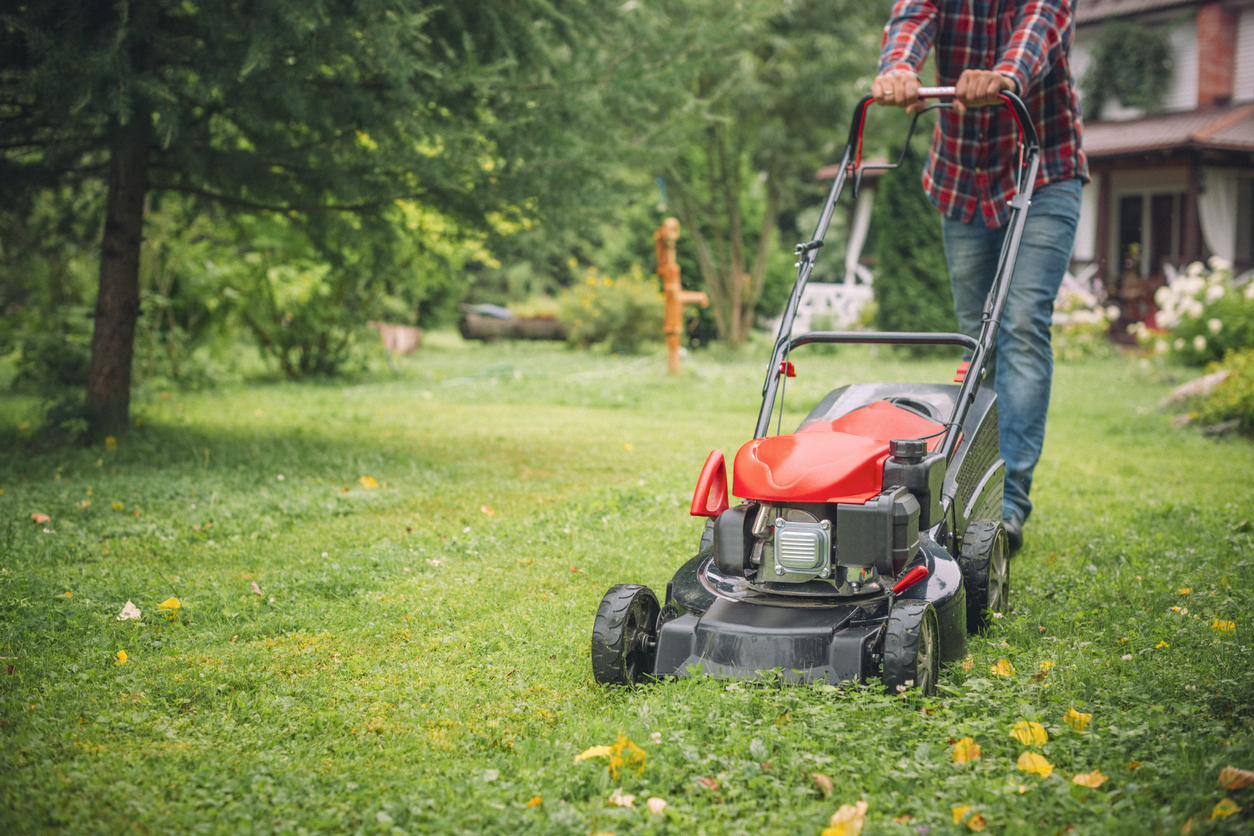The Ultimate Guide To "Understanding Different Types of Grass for Effective Lawn Care"

Watering Wisely: Essential Tips for Efficient Irrigation in Your Yard
A environment-friendly and rich grass is the desire of several homeowners. Having said that, achieving that vibrant and healthy grass demands more than merely routine mowing and fertilizing. One important aspect in keeping a wonderful lawn is efficient watering. Watering your grass intelligently not simply assists conserve water but also promotes far healthier growth and minimizes the risk of disease. In this blog post, we are going to explain some crucial ideas for effective irrigation in your grass.
1. Comprehend your grass's water require
Before you begin watering your lawn, it's vital to know its certain water criteria. Variables such as grass type, dirt style, temperature, and sunlight exposure can easily all influence how a lot irrigate your yard needs. Various yard species have various humidity demands, so it's important to select an irrigation routine that match your certain yard type.
2. Water heavily but occasionally
Lots of homeowners help make the error of watering their grass gently every day or every other time. Nonetheless, this can lead to shallow root development and make the yard even more prone to drought stress and anxiety. As an alternative, it's much better to irrigate heavily but less often. Offering your yard a great soak once or twice a full week permits the origins to expand deeper into the ground in search of moisture.
3. Time your water sensibly
Time is critical when it happens to dependable irrigation. This Site to water early in the morning when temperatures are cooler and there is a lot less wind evaporation. Watering during the course of the middle of the time may result in too much evaporation due to higher temperatures, while nighttime watering can advertise fungus health conditions by leaving turf blades wet for an lengthy time period.
4. Utilize a rain scale or humidity sensing unit

To avoid overwatering or underwatering your yard, take into consideration making use of a storm gauge or dampness sensor. A rain scale step rains degrees and aids you establish if added water is necessary after precipitations events. Humidity sensing units are placed in the ground and supply real-time information on ground wetness web content, allowing you to sprinkle simply when required.
5. Change your sprinklers
Adequately adjusting your landscape sprinklers is vital for reliable watering. Help make sure that the water is hitting the planned areas and not being squandered on sidewalks or driveways. Check for any sort of cracks or breakdowns in your lawn sprinkler body consistently. Consider setting up a intelligent watering controller that adjusts water routines located on weather conditions and ground wetness levels.
6. Mulch your lawn
Administering a coating of natural compost around your yard can assist maintain dirt dampness, reduce dissipation, and restrain pot development. Compost also enhances the general health of the dirt by incorporating nutrients as it decays over opportunity.
7. Practice location sprinkling
Not all regions of your grass may need the exact same quantity of water. Area watering permits you to focus water on particular dry spots or areas along with greater water needs, such as freshly planted lawn or locations exposed to even more sun light.
8. Keep track of and change
On a regular basis keep track of your grass's health and wellness to guarantee that it's receiving appropriate watering. Indications of overwatering include yellowing lawn, superficial root development, and standing water on the area. Underwatered yards might have drooped or brown spots and impacts that continue to be apparent after strolling on them.
In verdict, reliable irrigation is essential for preserving a well-balanced and vibrant grass while saving water resources. Through understanding your yard's particular needs, employing proper time techniques, using technology like rainfall scale or moisture sensing units, adjusting landscape sprinklers the right way, mulching strategically, exercising place sprinkling when necessary, and screen and adjusting as needed— you can accomplish a lush environment-friendly lawn while being eco-friendly liable.
Don't forget these important ideas for dependable irrigation in your lawn to market far healthier turf development while saving priceless water information.
